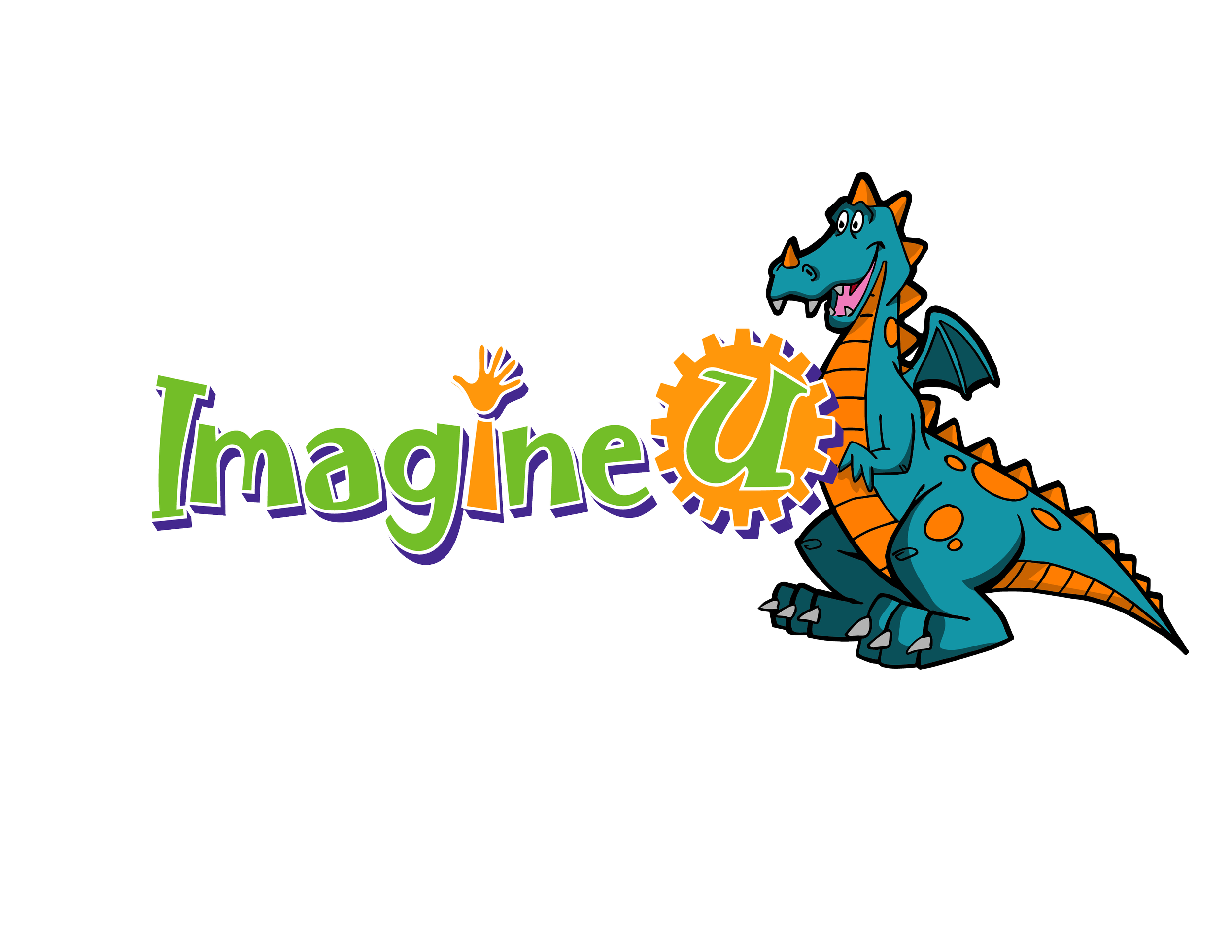WONDERFUL WATER
DESCRIPTION
A full 64 feet long and 12 feet high at one end, the exhibit starts where our water starts, as a rain cloud that deposits water as snow onto the mountains. The snowmelt then turns into streams and rivers that eventually are stopped at a dam which outlets into two channels. One side routes through farmland to eventually deposit into a lake at the end. The other side routes through a smaller channel that first feeds a vortex pool and then drives a water wheel that generates power to light a house before meeting the other channel at the lake. The lake is where we see and enjoy recreational use of water.
The elements of the water cycle are fully represented from evaporation (the cloud) to condensation (rain/snow) to surface water storage (snow), then to surface water movement (rivers). We also see opportunities to talk and learn about water safety with the vortex. Uses of water are represented in agriculture (farmland) as well as mechanical conversion to energy (the water wheel/hydro electricity). Finally recreational usage is shown in fishing at the lake.
Sample Activity for Educators
Wonderful Water Activity: Life Size Water Cycle
A full 64ft long and 12ft high at one end, the exhibit represents all elements of the water cycle from evaporation, to condensation, to surface water storage, then to surface water movement. Uses of water are represented in agriculture, as well as mechanical conversion to energy and recreational usage.
The Basics:
When you get thirsty, you might reach for a glass of water from the tap. But did you know, that water might have fallen from the sky as rain just last week? The same water has been around as long as the Earth has. The Earth’s water is always in motion- a continuous cycle on, above, and below the surface. This is the water cycle.
Evaporation:
Water on the surface of rivers, lakes and oceans heats up and becomes vapor, or steam, which goes into the air.
Condensation:
Water vapor in the air cools down and changes back into liquid, forming clouds.
Precipitation:
Condensed water vapor that falls to the Earth’s surface as rain, snow, and hail.
Runoff:
Water from rain or melted snow moves across the land, running into lakes and oceans.
Infiltration:
Water flows from the surface into the ground and becomes soil moisture or groundwater.
Transpiration:
Once absorbed water reaches the leaves of a plant, some evaporated into the air. Thus, the cycle starts over.
Did you know?:
- The Earth is made up of 96.5% water. Of this water, 1% is saline from ground water and lakes. Only 2.5% of the Global water that makes up the Earth is fresh water.
- Of the 2.5% fresh water, 68.6% of that comes from glaciers and ice caps. 30.1% comes from ground water and 1.3% comes from surface water.
- 1% of surface water comes from ice and snow. 20.1% comes from lakes, while only 0.46% comes from rivers. Soil moisture contributes 3.52% to surface water, while swamps and marshes contribute 2.53%. Biological water makes up 0.22% of surface water, and atmospheric water makes up only 0.22% surface water.
- Less than 1% of the fresh water on Earth is usable.

